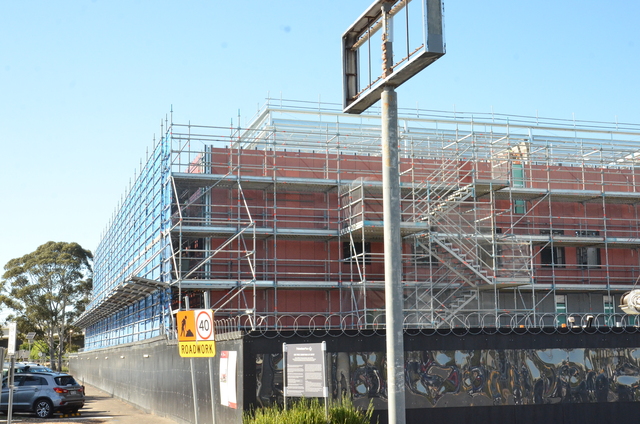IN THE world of mobile users and their preferences, what comes first – the phone, or the camera? If the latter is your answer then electronics manufacturer Samsung might hold the answer to your pocket photography dreams with a new phone that bears a 10 megapixel camera.
For the uninitiated, megapixels are the unit most commonly used to measure the size of a digital camera image.
The greater the megapixel, the more pixels contained within the shot and thus the greater the image.
This is also linked with sustaining quality at large print sizes.
The more pixels there are, the greater one can enlarge a photo before it appears pixelated (grainy).
In Australia the typical phone the majority of us will encounter has a camera capable of between one and three megapixels – large enough for a 6×4 inch standard print and certainly large enough for a tiny, low-resolution phone screen.
But on 10 October Samsung launched its SCH-B600 model phone complete with 10 megapixel camera, a 3x optical zoom, auto focus and a flash.
The phone will undoubtedly appeal to people who rely on their phones for subtle snap-shots and impromptu photo opportunities as there is no need to be lugging a separate camera around.
The phone has the functions of your typical digital camera including white balance, manual focus, continuous picture mode and interval picture taking.
The B600’s tiny screen manages to display the photos from a palette of 16 million colours, and features a TV-OUT connection to plug directly into televisions for instant, large-screen playback.
And let’s not forget the B600 is also your typical mobile phone, with MP3 playback, expandable Micro-MMC memory and the vital ability to make phone calls.
But beware the marketing hype – greater megapixels is no guarantee your phone will produce images better than a stand-alone camera of lesser megapixels – this is largely dependent on the quality of the image sensor and of the lens.
The Samsung B600 is only currently available in Korea.
… and it also makes phone calls
Digital Editions
-

Pakenham hospital urgent care promise in doubt
Residents fear Pakenham’s hospital could mirror Cranbourne, which failed to deliver urgent care services, a promise they say was made during planning. Concerns intensified after…





